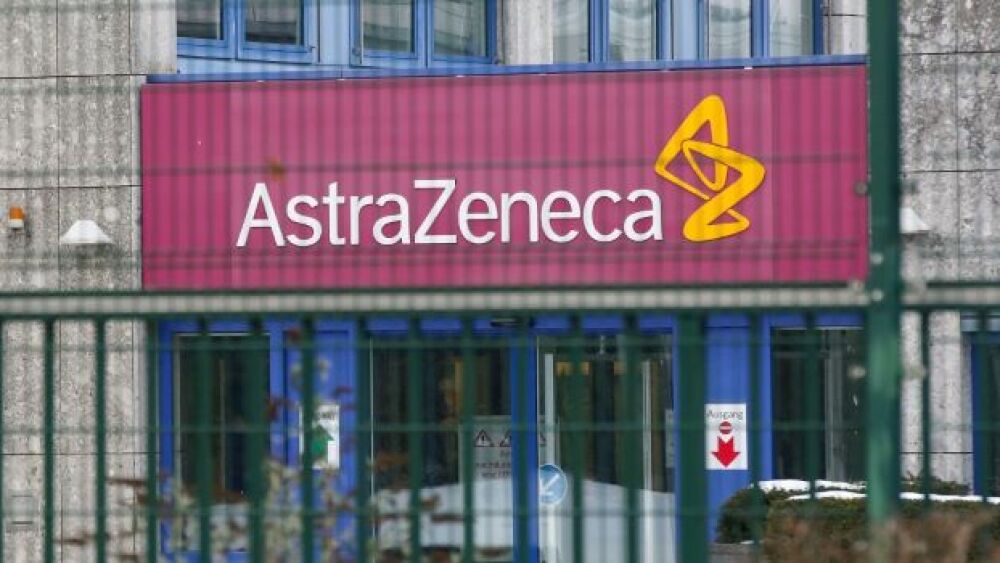Data from pre-clinical studies show that OV350 may be developed to treat multiple types of epilepsy and other CNS conditions, including neurodevelopmental diseases.
World is hoping for positive results from this tie-up against epilepsy. (Bodo Marks/picture alliance via Getty Images)
Ovid Therapeutics has partnered with AstraZeneca for exclusive access to a library of early-stage small molecules that target the KCC2 transporter, including OV350 — the lead candidate.
Under the terms of the deal to find an Epilepsy cure, AstraZeneca will receive $5 million in cash and $7.5 million in shares of Ovid common stock upfront. AstraZeneca also stands to gain up to $8 million in clinical development milestones and up to $45 million in regulatory milestones.
OV350 is an early-stage compound that has demonstrated strong proofs of concept in in-vivo and in-vitro types of epilepsy. It is designed to target and activate KCC2, a potassium chloride co-transporter credited for maintaining chloride balance in neurons. OV350 is thought to inhibit neuronal hyperexcitability, commonly linked with epilepsies, by improving homeostasis. Mutations and dysfunctions in KCC2 might be one of the contributors to seizures and epileptic symptoms.
Why is there a Need for Epilepsy Cure?
“Despite therapeutic advances in recent decades, approximately one-third to one-half of people who are treated for epilepsy continue to experience seizures. Therapies that activate KCC2, such as OV350, could become a powerful weapon for clinicians seeking to treat a potential underlying cause of epilepsies,” said Dr. Stephen Moss, one of the lead scientists at Tufts Laboratory for Basic and Translational Neuroscience Research, in a statement.
Tufts Laboratory and AstraZeneca are collaborating to advance studies on OV350, with Dr. Moss joined by Dr. Jamie Maguire, who is also an expert in neuropharmacology on GABA receptor research. Harvard Medical School’s Dr. Aaron Goldman will also provide expertise in drug resistance to Ovid’s line of epilepsy and neurotherapeutic candidates.
Data from pre-clinical studies show that OV350 may be developed to treat multiple types of epilepsy and other CNS conditions, including neurodegenerative and neurodevelopmental diseases.
“The compounds are a natural fit for our franchise dedicated to small molecule epilepsy medicines, and they follow our track record of successful partnering with large pharmaceutical companies,” added Jeremy Levin, D.Phil, MB BChir, the chairman and chief executive of Ovid, in the same press release.
OV350 is the latest addition to Ovid’s pipeline of anti-epileptic candidates. It is currently developing OV329, next-generation pregabalin for treating tuberous sclerosis and infantile spasms (expected to start clinical trials later this year), OV882, an RNA therapy approach to Angelman syndrome, and OV815, a gene therapy approach to KIF1A-linked neurological diseases.
The company also licensed its novel cholesterol 24-hydroxylase inhibitor soticlestat to Takeda, which is being observed and is actively enrolling for Phase III studies for Lennox Gastaut and Dravet syndromes.





